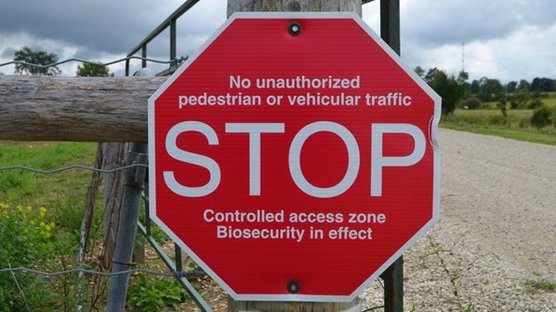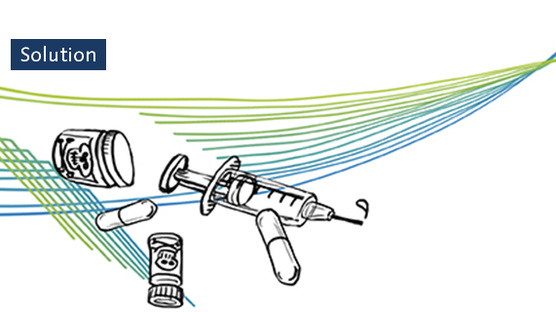
Published on Jan. 28, 2021
HPAI – Know the risks and how to protect your farm
In late September 2020, the European Center for Disease Prevention and Control issued a statement urging the poultry industry to increase surveillance and biosecurity measures to guard against the risk of highly pathogenic avian influenza (HPAI) outbreaks in the fall and winter. The statement follows outbreaks in wild and domestic birds in Eastern Europe. Due to bird migration and previous outbreak patterns in 2005 and 2016, it is anticipated the disease may spread into the rest of Europe and subsequent regions.
The best way to protect your farm is to understand the risks and act on the things that are within your control.
Wild Birds
Wild birds are known carriers of various strains of the HPAI virus and are one of the largest risk factors. Therefore, it is of utmost importance to keep wild birds out and away from your barns. The risks from wild birds can be direct, such as birds entering or nesting in or in close vicinity of the farm, or indirect, such as rodents or a person walking through an area where infected wild birds have been active and then entering your facility where they introduce pathogens.
Corrective actions
Direct risks
To avoid the direct risks associated with wild birds the following should be checked and corrected regularly
- Avoid feed spills under the feed bins
- Keep the surroundings of the barn tidy and free from vegetation
- Seal all openings of a solid-sided barn
- Bird-proof open buildings (fix openings or add netting)
These actions will make the barn and its surroundings unattractive to wild birds and therefore discourage them from settling near your barn
Indirect risks
To protect your flock from indirect risks it is important to follow very strict biosecurity protocols. Some key measures are easily implemented and reduce the risk significantly, such as:
- Mandatory change of boots and clothing when entering each barn
- do not rely on footbaths only
- Practice good rodent control
- Keep documentation of people entering and leaving the farm
- during times of high risk
- limit the number of visitors
- limit contact with other poultry farms
- during times of high risk
- Limit the use of materials without secure storage
- straw is a commonly used material with poor storage and high risk of being contaminated
- Limit the use of equipment to a single barn
- unless proper cleaning and disinfection can occur in between uses
Having good biosecurity protocols in place helps protect your farm from HPAI in addition to minimizing the introduction of other pathogens that may affect the health of your flocks.
What to look for
It is important to have a good warning system in place to make sure that any outbreak is identified as soon as possible. This ensures a better chance at controlling it and limiting the risk of spreading the disease to others. In many instances the most prominent clinical sign of HPAI with turkeys is a rapid increase in mortality. With a highly pathogenic strain, for example, mortality can reach upwards of 95% in as little as 5 days! Some outbreaks, such as the H5N8 strain that is spreading this year, may have much lower mortality levels but are just as harmful. In addition to mortality, nervous signs (such as tremors) or severe decreases in water consumption should be considered as warnings of a challenge. If concerned about a flock, call your vet to organize testing with the authorities.
Summary
Highly pathogenic avian influenza (HPAI) has a devastating history in the poultry industry and continues to be an ongoing risk. The best way to protect your farm is to put barriers and protocols in place that stop pathogens from entering the barn. During times of high risk, enhanced entry, and cleaning and disinfectant procedures are recommended. These protocols should be reviewed regularly, and corrections or updates need to be made when necessary.
For more information please contact a member of the team at Hybrid Turkeys.



